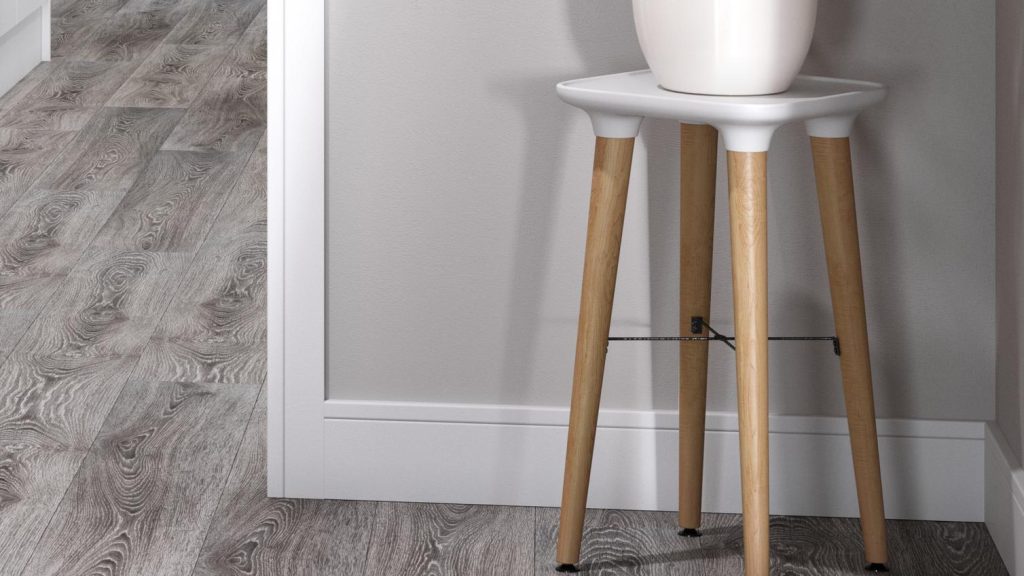Skirting boards, also referred to as baseboards or skirting, are an essential component of interior design. They serve both functional and decorative purposes, providing a finishing touch to a room while protecting the walls. If you are looking to learn more about skirting boards, this comprehensive guide will provide you with all the information you need. Skirting boards are installed along the bottom perimeter of a room, where the walls meet the floor. Their primary function is to protect the walls from damage caused by furniture, vacuum cleaners, and accidental knocks. By acting as a barrier, skirting boards prevent direct impact on the walls, thus reducing the need for constant repairs and repainting. In addition to their protective role, skirting boards have aesthetic benefits. They can enhance the overall look and feel of a room by providing a polished and finished appearance. Skirting boards come in a wide range of materials, including wood, MDF medium-density fiberboard, PVC polyvinyl chloride, and even composite materials. Each material has its own unique characteristics, such as durability, cost, and ease of maintenance, allowing you to choose the one that best suits your needs.
 Skirting boards also come in various profiles and sizes, allowing you to select a style that matches your interior design preferences. From simple and sleek designs to more ornate and decorative options, skirting boards can be chosen to complement the architectural style of your home. They can add visual interest and serve as a transitional element between the walls and the floor, creating a cohesive and harmonious look. When it comes to installation, skirting boards can be fixed to the wall using different methods. Common installation techniques include nailing or screwing the boards in place, and adhesive bonding. Some 145mm skirting board come with pre-fitted clips or brackets, simplifying the installation process. It is important to ensure proper measurement and alignment to achieve a seamless and professional finish.
Skirting boards also come in various profiles and sizes, allowing you to select a style that matches your interior design preferences. From simple and sleek designs to more ornate and decorative options, skirting boards can be chosen to complement the architectural style of your home. They can add visual interest and serve as a transitional element between the walls and the floor, creating a cohesive and harmonious look. When it comes to installation, skirting boards can be fixed to the wall using different methods. Common installation techniques include nailing or screwing the boards in place, and adhesive bonding. Some 145mm skirting board come with pre-fitted clips or brackets, simplifying the installation process. It is important to ensure proper measurement and alignment to achieve a seamless and professional finish.
Maintenance of skirting boards is relatively straightforward. Regular cleaning with a soft cloth or duster will keep them free from dust and dirt. Depending on the material, some skirting boards may require occasional painting, staining, or varnishing to maintain their appearance and protect them from wear and tear. It is recommended to follow the manufacturer’s instructions for specific care guidelines. In summary, skirting boards are an essential element in interior design. They offer both functional and decorative benefits, protecting walls while adding a polished and finished look to a room. With a wide range of materials, profiles, and sizes available, you can choose skirting boards that suit your personal style and enhance the overall aesthetics of your home.
